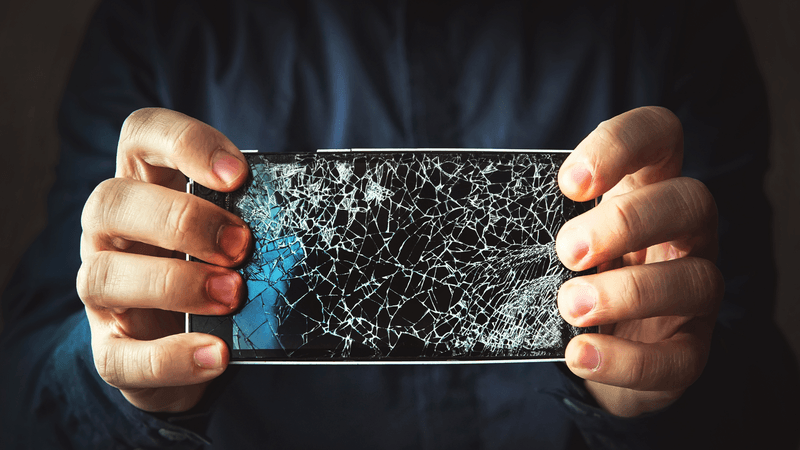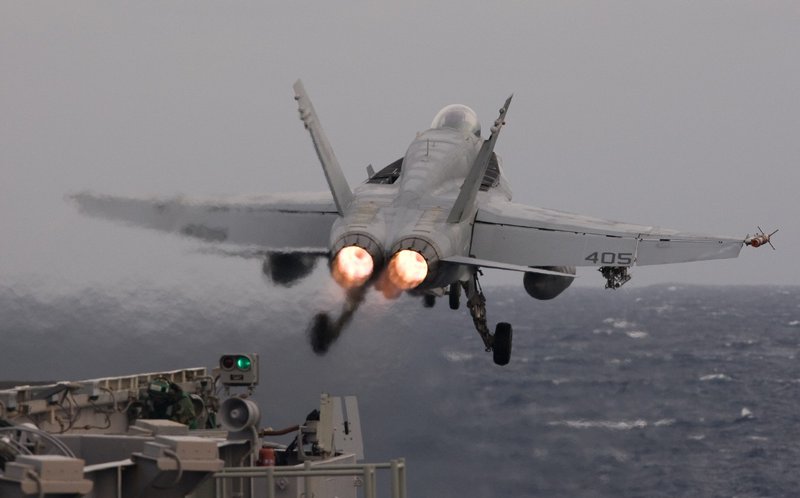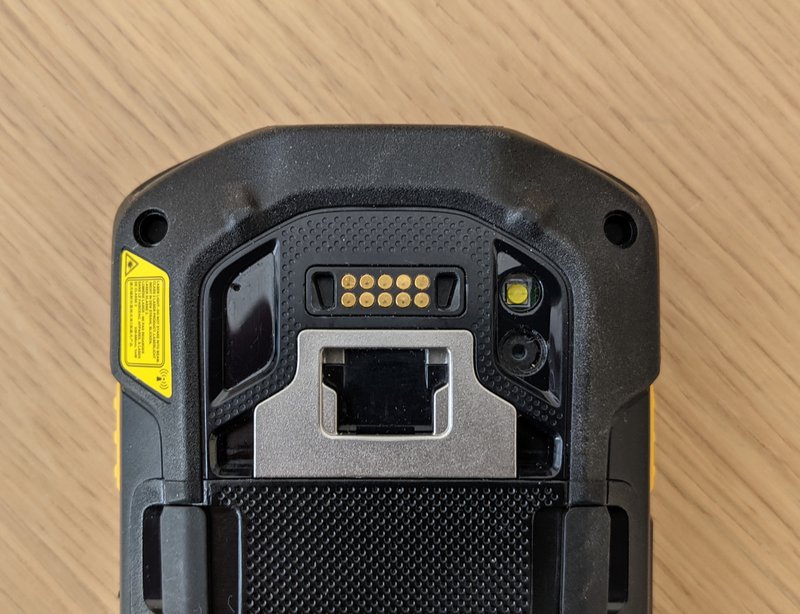One of the greatest benefits of mobile phones and tablets in the workplace is their versatility – they can be used in places and spaces you could never take a laptop.
Defence forces can benefit from this versatility. Military grade phones and tablets can help personnel access information and communicate in inhospitable or even hostile environments.
However, caution is advised before introducing new technology to any working environment. Procurers must understand how humans can safely and efficiently work with the new tech. They must also provide a thorough assessment of any technology’s suitability, and develop training and work procedures that ensure it can be integrated safely and efficiently.
These user/technology concerns are known as ‘human factors’ (HF) in technology, a term that originally came from the study of human performance in World War 2 but is becoming a widespread concept across many sectors.
In defence, assessing HF when procuring military grade phones and tablets is critical and should be detailed in the initial user requirement specification. Employees who are highly mobile and may be required to work in challenging or unusual conditions have specific workflow and safety requirements. For example, a phone with a battery that is prone to overheating under continuous use in a warm environment will be neither safe nor efficient in a confined space such as an aircraft, tank or submarine.
In this post, we’ll look at the human factors for military grade phones and tablets and assess them against defence-specific scenarios.
Considering these points as part of your procurement process will help to ensure that equipment is both operationally effective and safe to use.
Common requirements for human factors in defence environments
Designed for tough conditions
Knocks and drops, water and dust, as well as extreme heat and cold are a given in tough military environments. These challenges leave devices vulnerable to serious damage. For example, a broken lithium-ion battery can cause heat reactions with internal components which could lead to fires or explosions. Your military grade phones and tablets must have passed the universally acknowledged MIL-STD 810G drop test, ingress protection (IP) tests, and stand up to temperature extremes, to help prevent device failure or overheating.

Cracked and smashed screens are the single most common type of smartphone damage. This risk is heightened in a defence environment, and broken glass could cause injury or prevent timely access to critical information. Military grade mobile devices utilise Gorilla Glass screens to protect against cracks and scratches. We’ve written about all of these ‘tough’ factors here.
Functions in different light conditions
Personnel should be able to move out of dark to brightly lit spaces, in any weather, and instantly read a device screen. Screen brightness must be sufficient to be readable in direct sunlight. Without this, your device may be unreadable when you need it most. Screens must also dim automatically in darker conditions, and be compatible with Night Vision Devices (NVD). A stark bright screen viewed in darkness can cause temporary loss of night vision or cause NVD to ‘bloom out’ and could compromise a covert scenario. Look out for the ‘nits’ count, a measure of screen brightness. Go for models with a minimum of 500 nits.
Usable whilst wearing gloves
Mobile device touchscreens are programmed to only detect a particular amount of touch sensitivity. Military grade phones and tablets have a built in gloved-use mode. This adjusts the touch screen sensitivity to compensate for input when wearing gloves. A gloved-use mode is essential if your people will be working outdoors or in cold environments.
Power round the clock
As operations become increasingly connected and sophisticated, losing connectivity in the middle of a situation isn't an option. Ground forces need power options to stay connected- vehicle mounts allow easy access for devices to be grabbed when needed, but also top up power when mobiles are put back in place. Batteries need to be long lasting and hot swappable- allowing swop out with a fully charged battery without the need to shut a device down.
Safe in hazardous locations
You may need to consider potentially explosive atmospheres. If this is the case, choose ATEX tablets: they are designed for use in these environments. Mobile devices are capable of emitting electromagnetic radiation. This can be a risk when working in proximity to ordnance and constitutes a Radiation Hazard (RADHAZ). It is crucial that you understand and mitigate your Hazards of Electromagnetic Radiation to Ordnance (HERO) requirements. For example, you may wish your device to become a passive receiver in a certain location, but become transceiver enabled when outside of that location.

Illuminates dark spaces
Night ops, interior use, or outages may require quick access to a flashlight. Make sure your chosen devices have an integrated torch function that will be easily accessible via a device hard key, and consider peripheral lenses that convert visible white light to NVD compatible invisible ‘black light.’ Some devices also offer the ability to connect an Infrared ‘heat sensing’ filter to the optical camera, thus turning a mobile device into a powerful tactical tool.
Adaptable to bespoke needs
Ensure your devices’ user experience (UX) can be optimised by your software developers – for instance, programming hard keys to provide a shortcut to quickly access an essential function. Or disabling operating system or device features to enable the device to be operated safely in restricted environments. For example disabling features associated with device connectivity. Controlling radio frequency emissions enables device use in RADHAZ areas, such as the torpedo bay of a submarine or the deck of an aircraft carrier.
The add-ons that matter
It’s not all about the device itself. Good-quality military grade phones and tablets will have an ecosystem of add-ons. Many of these will address human factors and eliminate common problems.
Straps
Holding heavy devices for long periods can produce stress or fatigue, or even get in the way of personnel when performing essential tasks. Hand straps or shoulder straps help secure devices and relieve weight when moving between jobs, so they don’t fall if let go.
Device mounting
Unsecured devices in moving vehicles could drop and jam in components, increasing the likelihood of accidents. Device-mounting solutions allow them to be securely and safely mounted in an appropriate position, reducing risk as low as reasonably practicable to support the equipment safety case.
POGO pins
Searching for chargers is an annoyance in civilian life. It could be a costly distraction in military environments. Using POGO pin charging, personnel can simply drop a device in a fixed-position cradle attached to a wall or vehicle dashboard. Devices fit securely and safely in the mount and are easy to remove when needed, so they stay charged and won’t cause safety issues in moving vehicles. Look out for multi-slot cradles that charge several devices simultaneously.

Data capture technologies
If operatives will use data capture technologies, ensure your military grade phones and tablets can accommodate barcode scanners and NFC readers. Some scanning options use the phone’s integrated camera. If choosing these options, ensure the camera is high quality.
To get an understanding of what a leading accessories ecosystem looks like, take a look at this guide for the Zebra TC72 and TC77 range of mobile devices.
The demographics factor (and why you should choose Android)
Troops face high-pressure environments and encounter many challenges. Therefore, the tech they use should assist their working and not present another cognitive challenge to overcome. This is why choosing the right operating system (OS) is crucial.
When making your choice, consider these facts. In 2021, the average age for British Army personnel was 30. Meanwhile, Android has been the best-selling OS across the globe on smartphones since 2011 and tablets since 2013.
Therefore, a large proportion of troops will not only use Android in their leisure time, they will have grown up in the Android age and will be ‘Android natives’. For these reasons, Android is almost always the right choice for a device operating system.
For any bespoke software, meanwhile, it is crucial to adopt a common standard and style. When it comes to user experience, familiarity breeds success.
Nuffield Technologies advises organisations of all types on device procurement and has in-depth knowledge of defence industry requirements.
We partner with Zebra Technologies, a leading supplier of rugged devices, and can dispatch competitively priced military grade phones and tablets rapidly.
To arrange a call with one of our consultants, contact us now.

